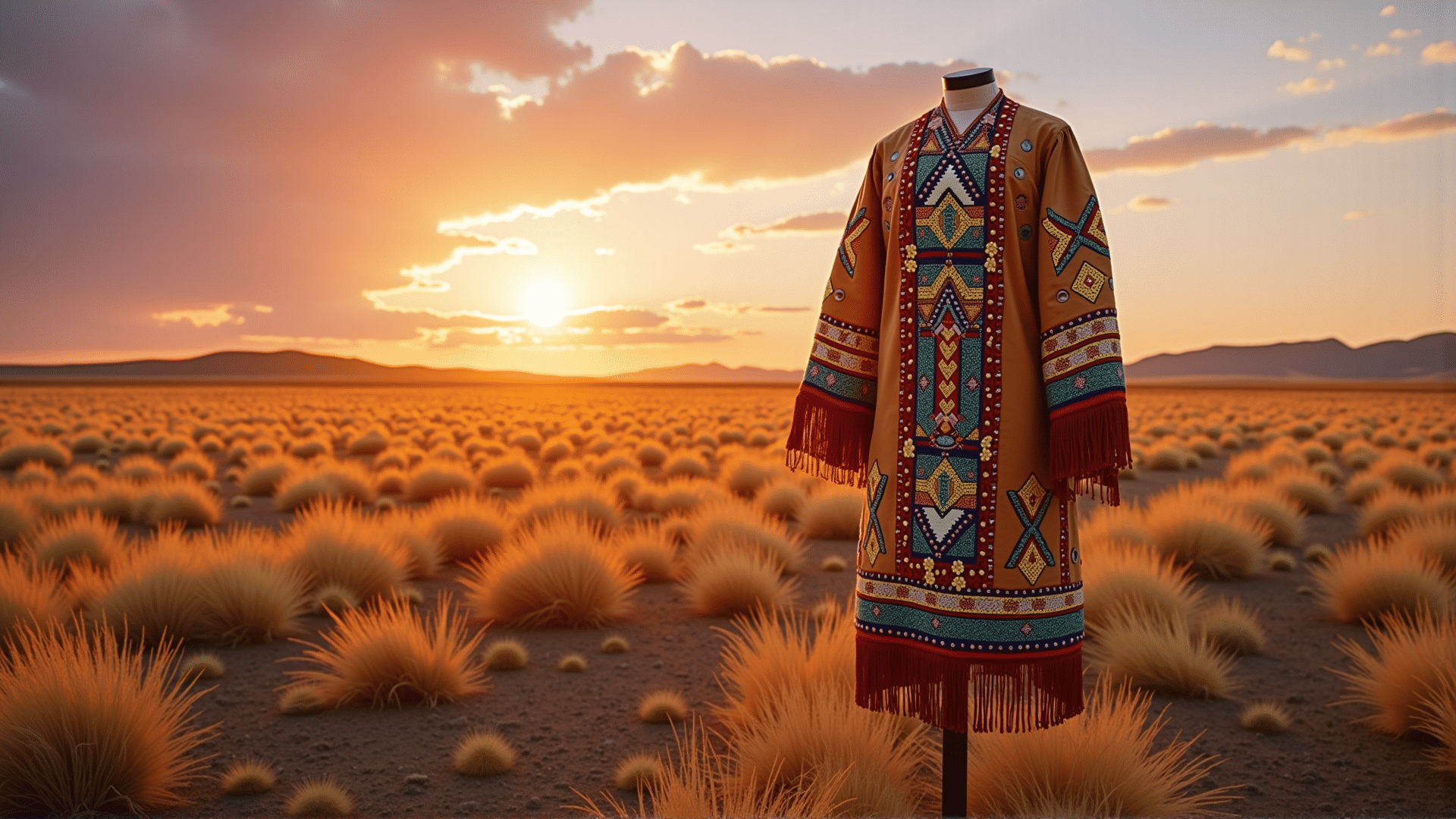The rich tapestry of Native American dress is a testament to the diverse cultures, beliefs, and environments of the continent's indigenous peoples. Through intricate designs, craftsmanship, and symbolic elements, each garment tells a profound story about identity, spirituality, and a deep connection to nature and community.
Traditional attire varies significantly across different tribes, reflecting the geographical diversity and cultural practices of Native American communities. For example, feathers, a common element in many designs, symbolize spiritual beliefs and connections to the avian world among tribes like the Lakota and Apache. The vibrant colors and patterns seen in these garments are more than decorative: they are a visual representation of stories and beliefs passed down through generations.
In the Plains region, tribes like the Sioux, Cheyenne, and Crow are renowned for their elaborate beadwork. Each piece of clothing, from dresses to moccasins, is painstakingly adorned with beads, often forming intricate patterns that hold cultural significance. The choice of colors and patterns not only signifies individual and tribal identity but also reflects the community's reverence for nature, as many designs incorporate motifs from the natural world, including animals and celestial bodies.
The clothing of tribes from the Southwestern desert, such as the Navajo and Hopi, showcases a different kind of artistry. These groups often use natural materials like wool and cotton to weave their garments, creating textiles with geometric patterns that echo the arid landscape. The traditional Navajo dress and the Hopi's elaborate kachina dancer costumes are striking examples of how attire is deeply intertwined with cultural practices and spiritual beliefs.
On the East Coast, tribes such as the Iroquois and Algonquin traditionally used materials such as animal hides and plant fibers to construct their clothing. Decorations included quillwork and shell beads, which were used to convey stories, rank, and status. These decorative techniques not only emphasized the beauty and resilience of natural materials but also served as a form of storytelling, transmitting history and tradition through generations.
In the Pacific Northwest, the distinctive clothing of the Tlingit and Haida peoples includes the use of woven cedar bark and the iconic button blanket. These are not just functional garments but also serve ceremonial purposes, celebrating communal events and honoring deities. The patterns and symbols on these textiles reflect the rich mythology and spiritual beliefs that define the cultural landscape of the region.
Across all these diverse practices, the common thread remains the interplay between humans and nature, a relationship that is at the heart of Native American life. Clothing is more than an expression of personal or tribal identity; it is a narrative medium through which people celebrate their history, spirituality, and worldviews.
Today, these traditional garments inspire new generations of Native American designers, who seek to honor their heritage while incorporating contemporary elements. This fusion of past and present ensures that the cultural legacy of Native American dress remains a living, evolving tradition, carrying forward the ancestral stories, values, and artistry that have been cherished for centuries.
